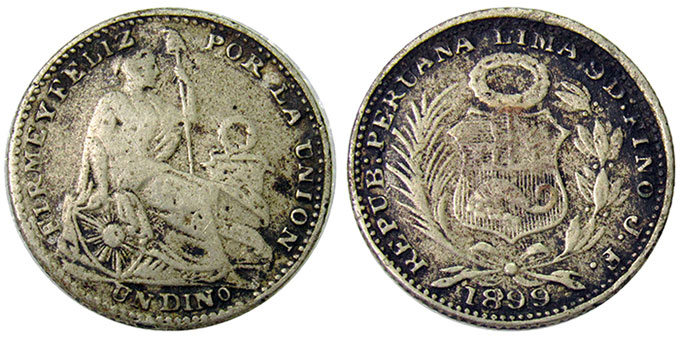In a captivating journey into the annals of numismatics, scientists have recently delved into the mystery surrounding a 10-cent coin from Peru with origins that defy explanation. A decade ago, a peculiar discovery at the Catholic University of Peru in Lima sparked the curiosity of scientists and graduate students, leading to an in-depth investigation into the origins and composition of a 19th-century Peruvian coin.
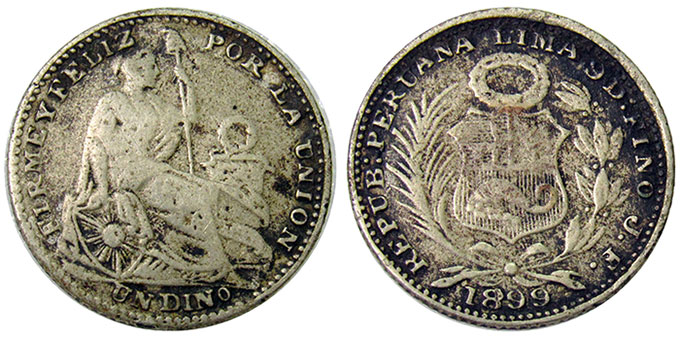
Among the coins acquired by the university for research purposes, a standout was the 10-cent coin, locally referred to as “dinero,” bearing the distinctive imprint of “1899.” Remarkably, no official records validate the existence of this coin in 1899 within international coin databases. Luis Ortega and Fabiola Bravo Hualpa, two researchers at the university, took on the challenge of unraveling this intriguing mystery.
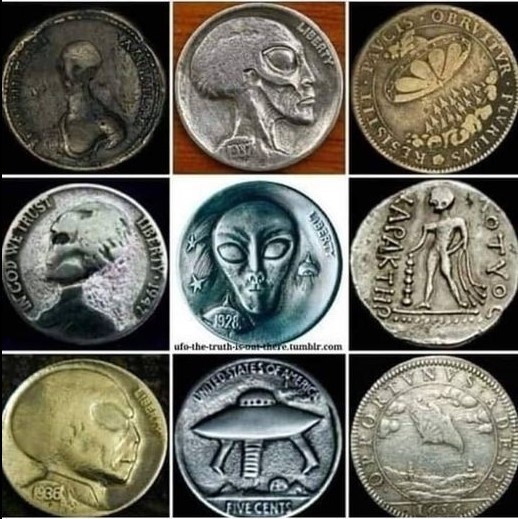
In a published paper in the Heritage Science journal last year, Ortega and Bravo disclosed the results of their analysis, employing X-ray and light techniques. Their findings revealed that the dinero was crafted from a silver-nickel alloy, deviating from the Lima Mint’s official coins, which typically contain around 90% silver.
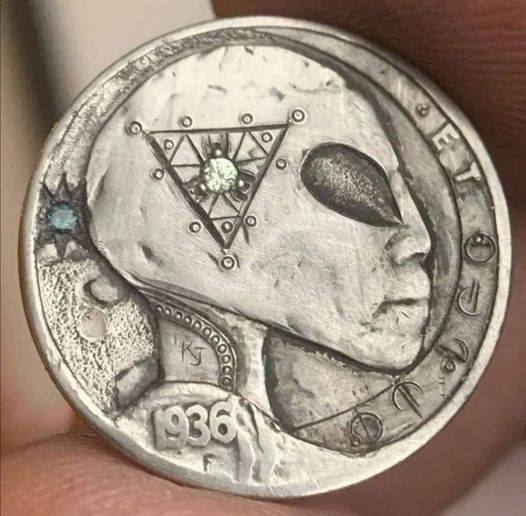
Simultaneously, traces of iron, cobalt, and lead were discovered in the 1899 dinero, suggesting a potential forgery from an earlier era. The presence of these impurities aligns with the characteristics of ancient alloys produced during the limited technological capabilities of that time.
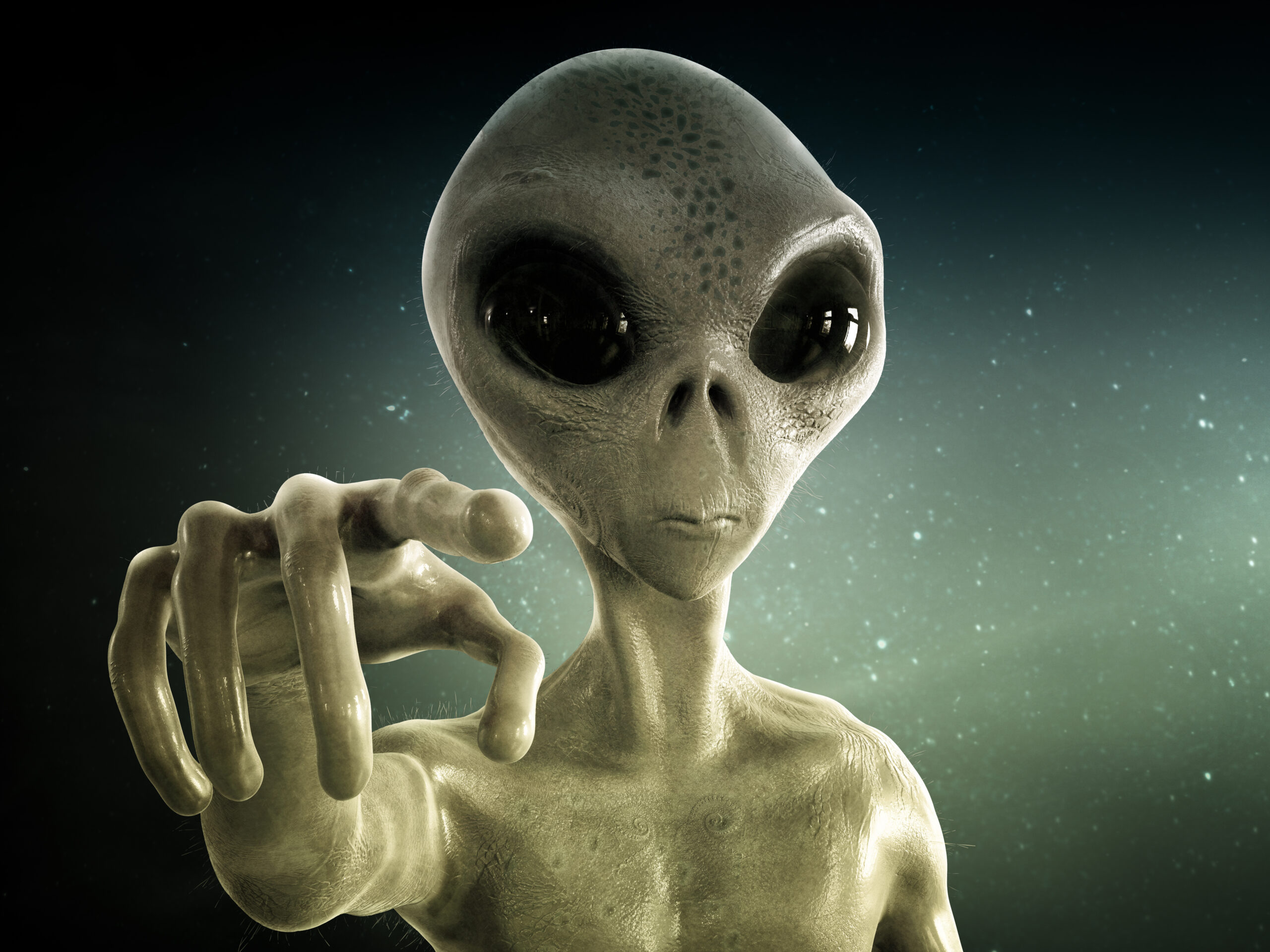
Dr. Ortega and Ms. Bravo Hualpa hypothesized that the dinero may have been manufactured abroad, with the producers likely unaware of the nonexistence of official dineros in 1899. Against the backdrop of economic and political instability in Peru during that period, low-value coins like the dinero gained popularity, providing an opportunity for counterfeiters to exploit the situation.
However, the research is ongoing, and Dr. Ortega plans to delve deeper into the history and context of these counterfeit coins. This exploration could unveil crucial insights into Peruvian society and the economy during the late 19th and early 20th centuries.
The unraveling of the mysterious 1899 dinero coin opens a fascinating window into Peru’s historical intricacies and the realm of counterfeit currency during a turbulent period. As the investigation continues, the findings may contribute not only to numismatics but also to a broader understanding of the socio-economic landscape of Peru in the late 19th and early 20th centuries. The journey into the past, spurred by a seemingly inconspicuous coin, promises to reveal layers of history and shed light on an era marked by uncertainty and complexity.

